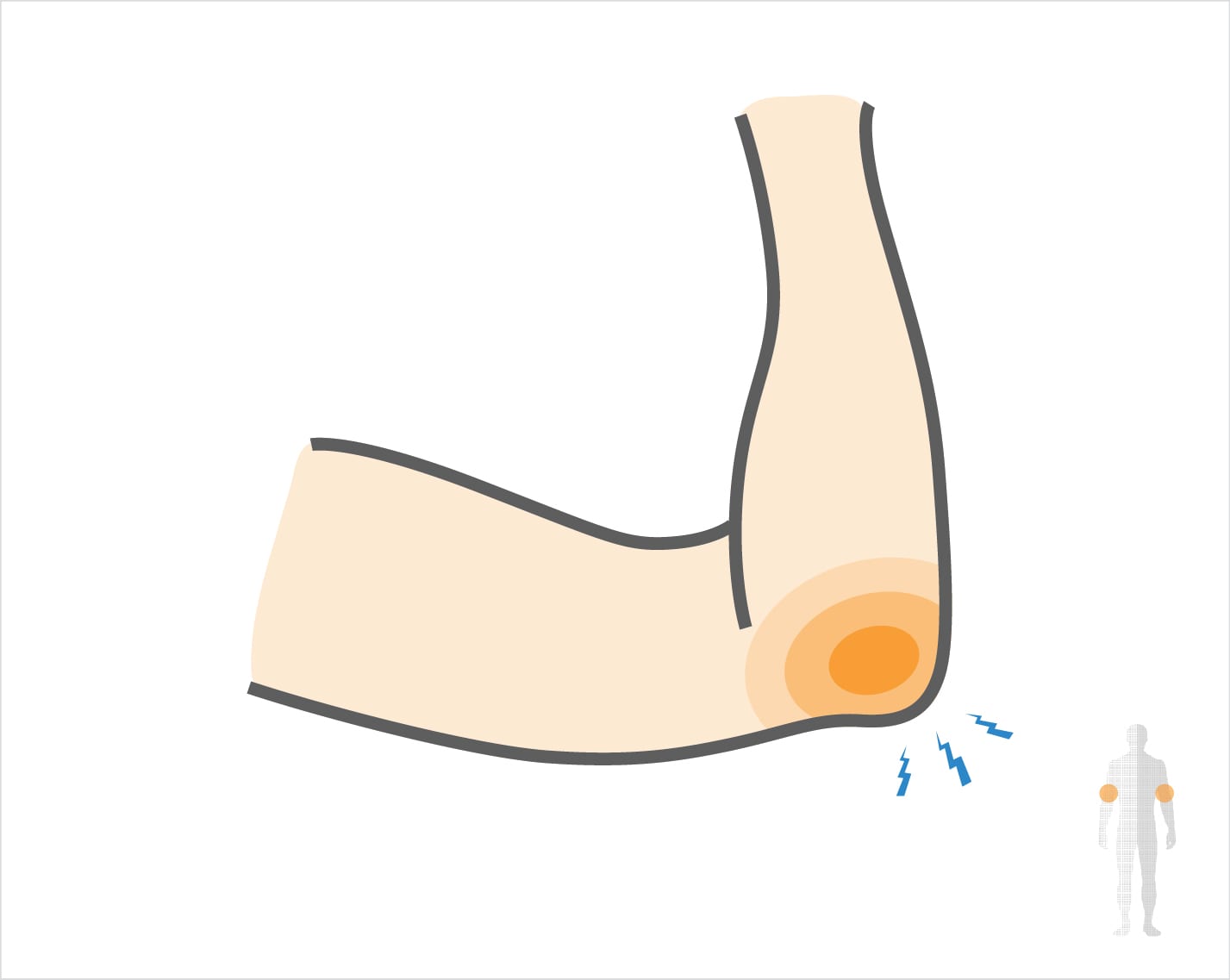An elbow strain is an injury to the elbow that occurs when the muscles or tendons that flex (bend) and extend (straighten) the elbow get stretched. An elbow strain may also be referred to as a “pulled muscle” or pulled elbow muscle.
Elbow strain injuries are typically the result of the elbow moving beyond its limits (overextending), which causes minor tears of one or more of the muscles and/or tendons around the elbow. This may lead to what is commonly described as an overextended elbow.
A strain differs from a sprain because a strain involves the muscle and/or tendons, while a sprain involves the ligaments (the connective tissue that connects one end of a bone with another to provide stabilization of a joint).


